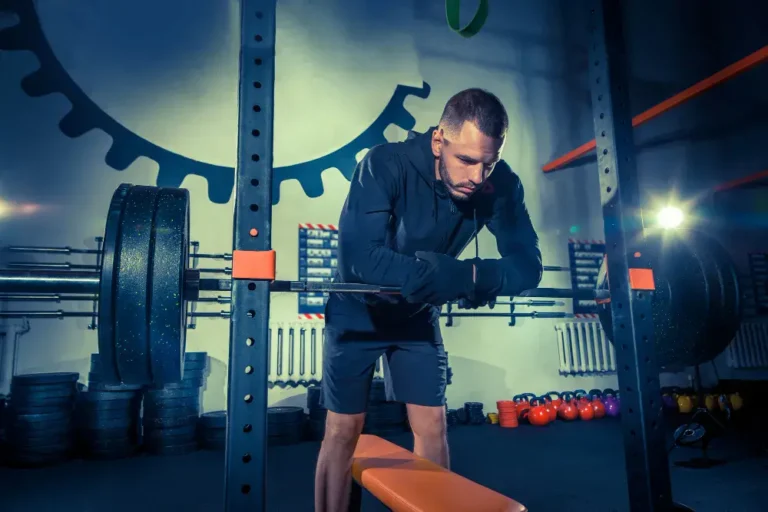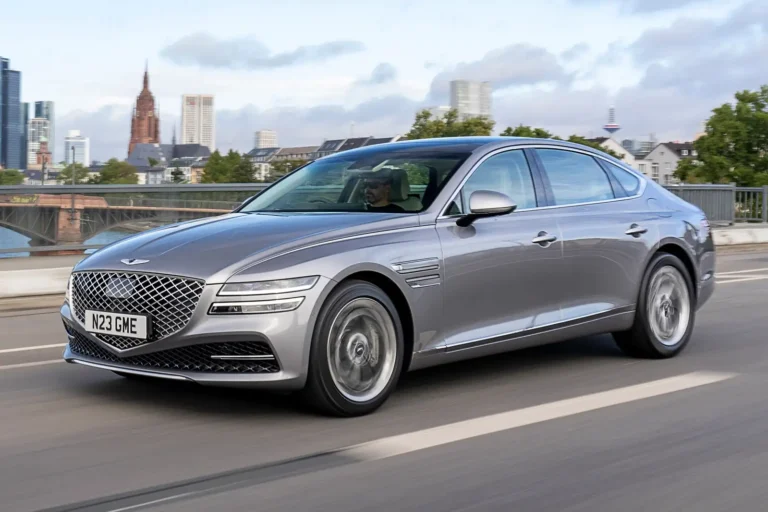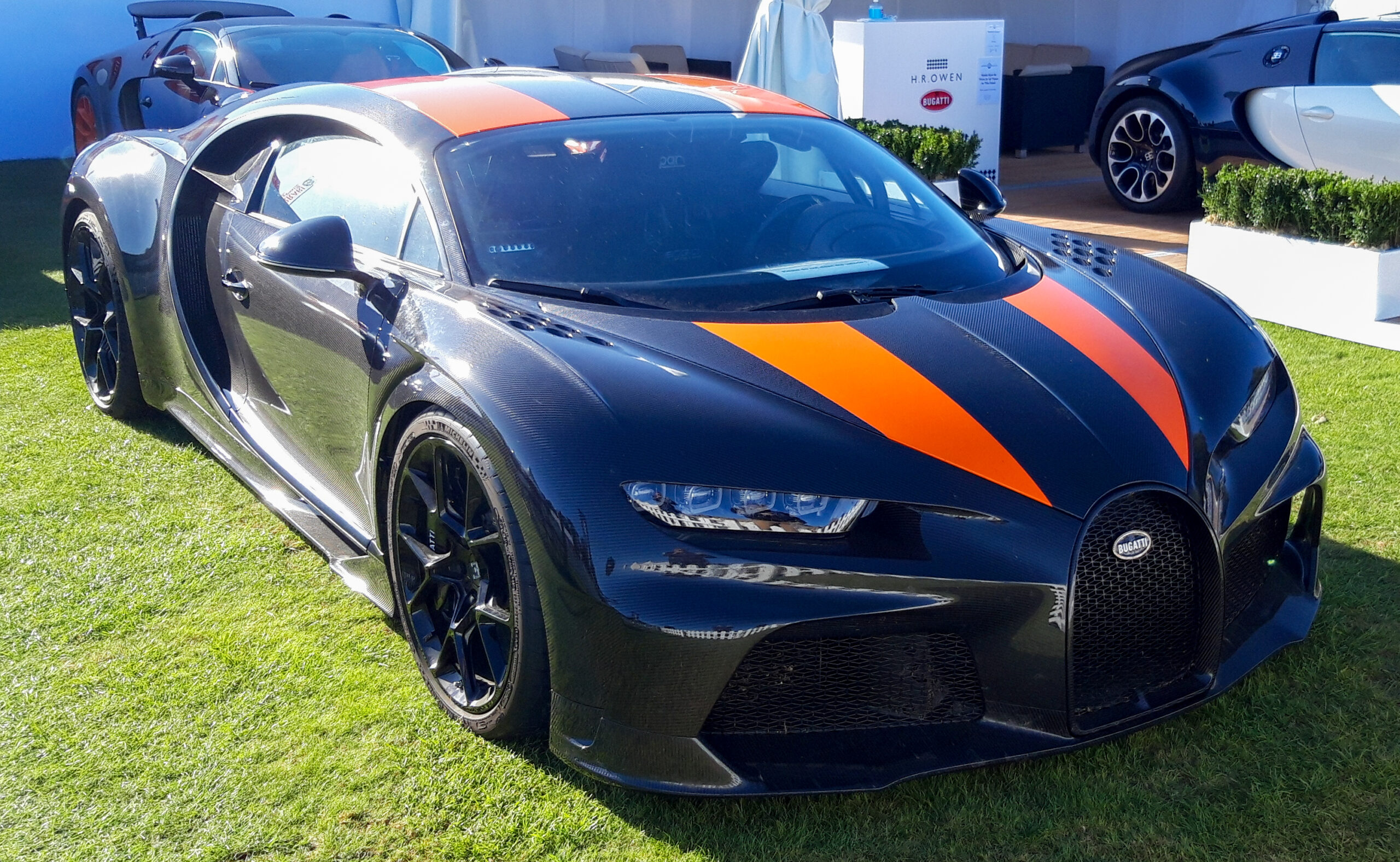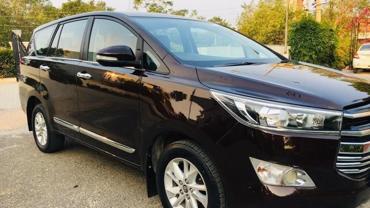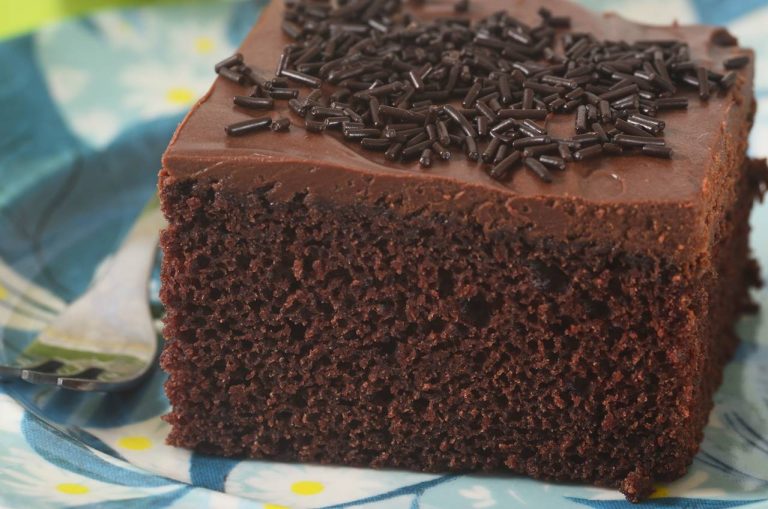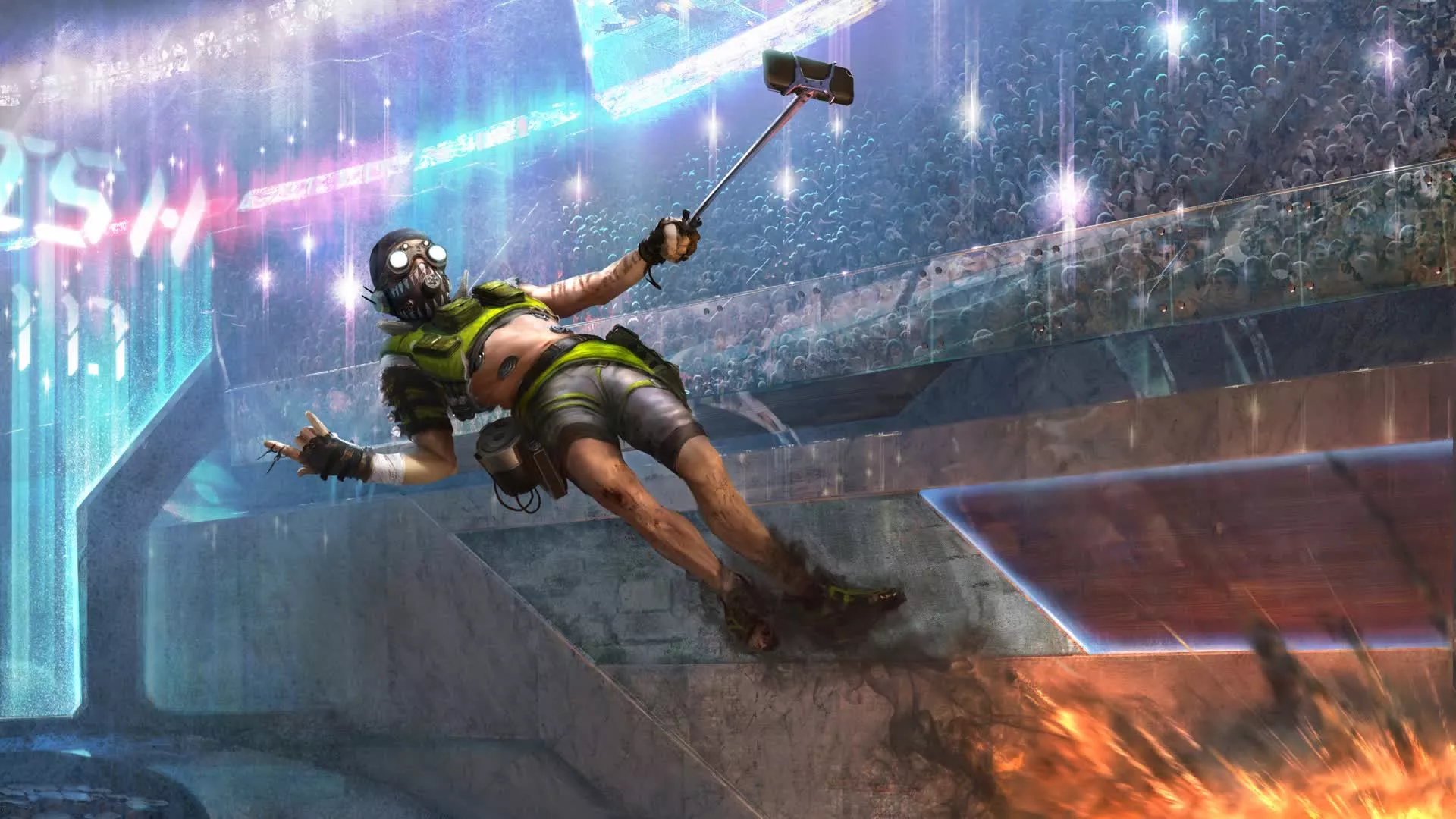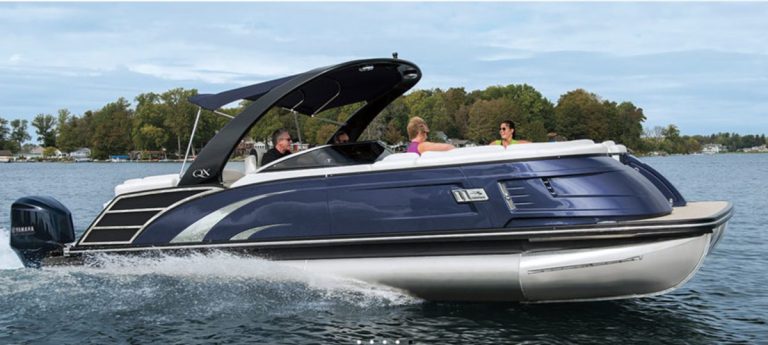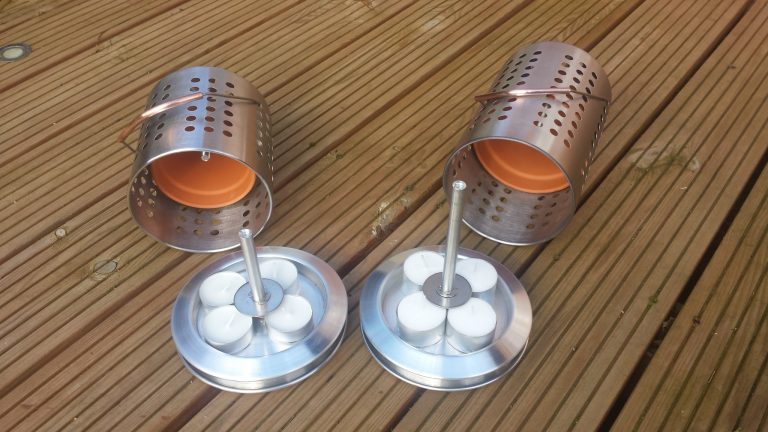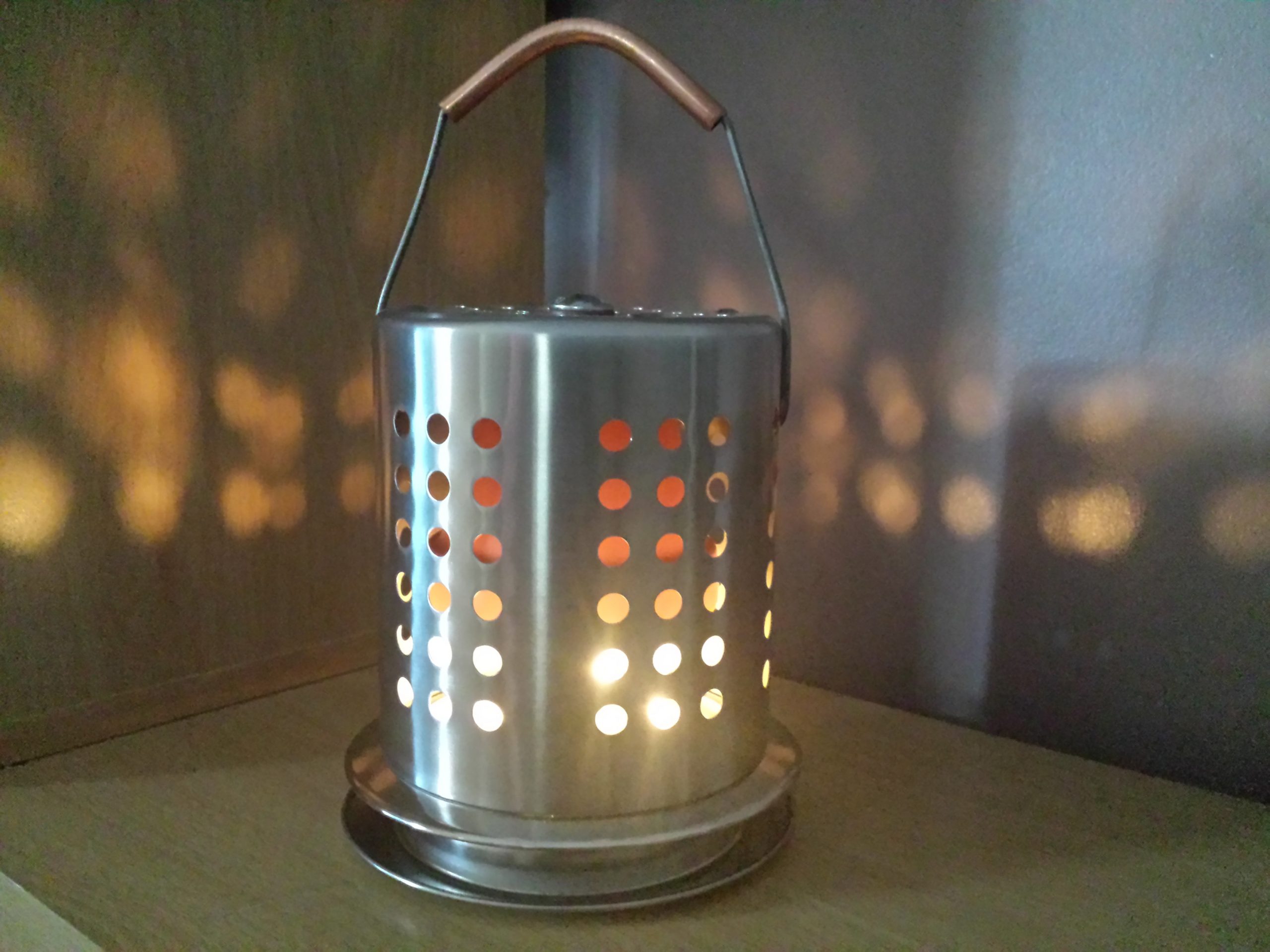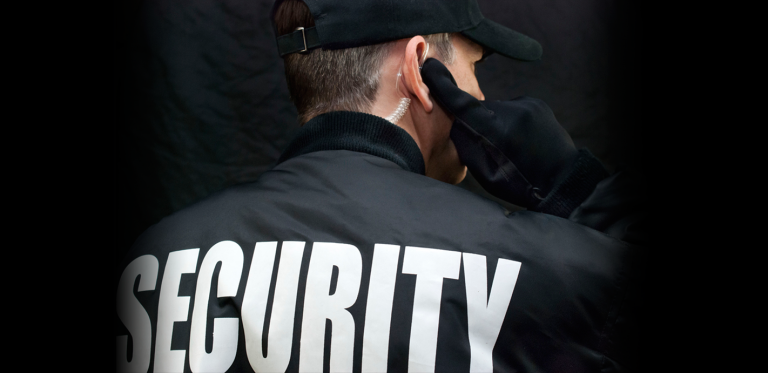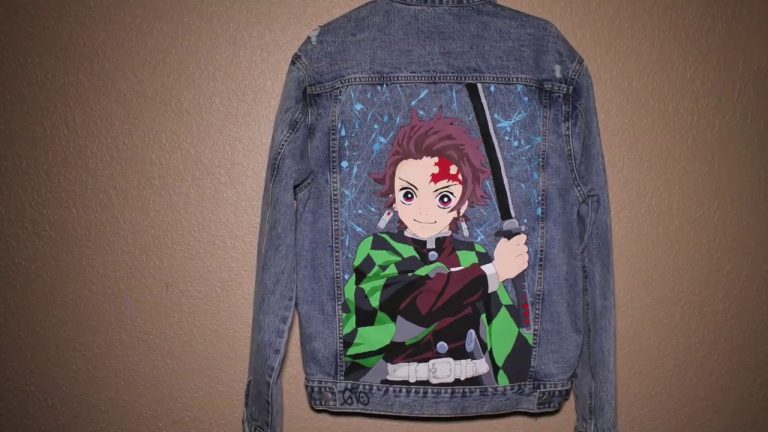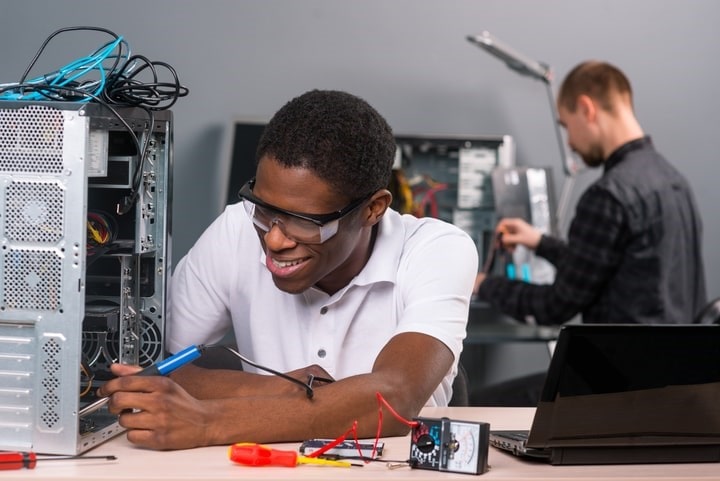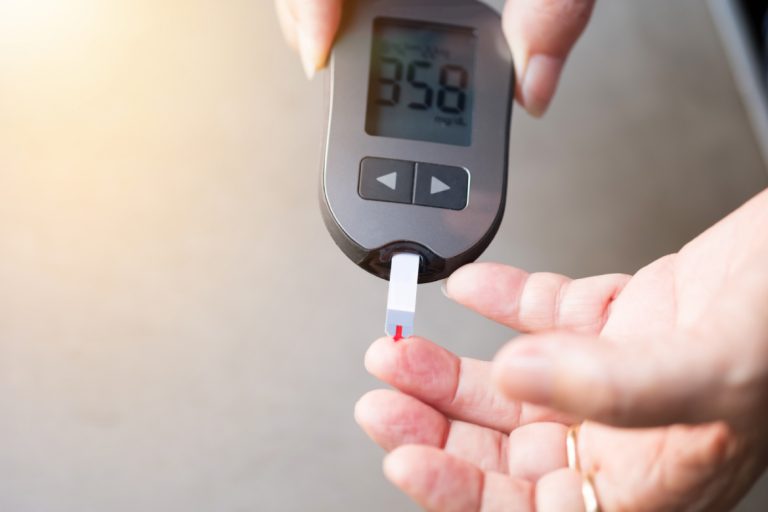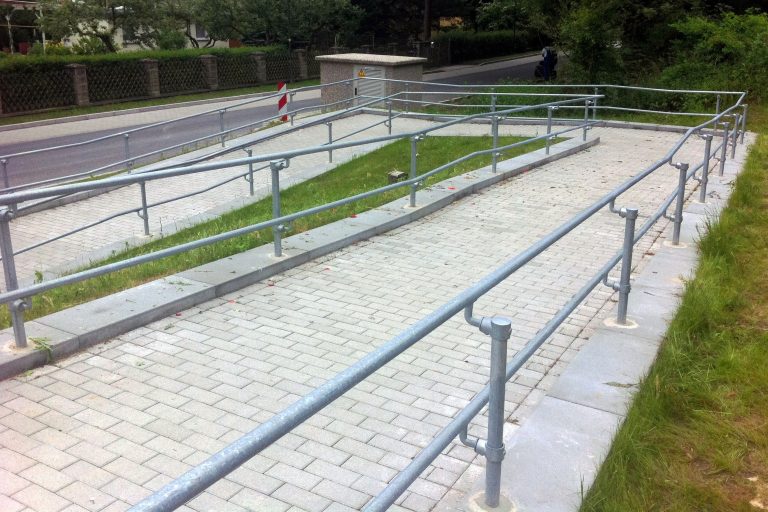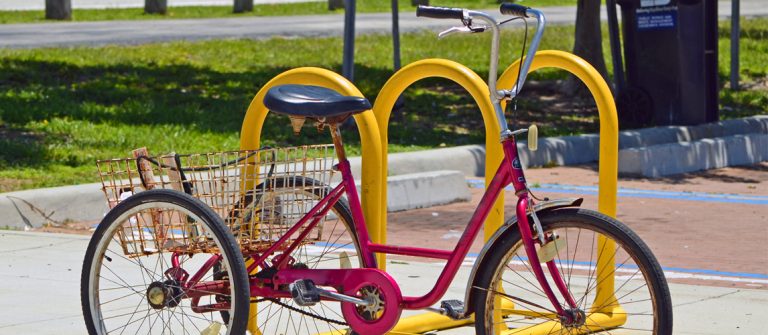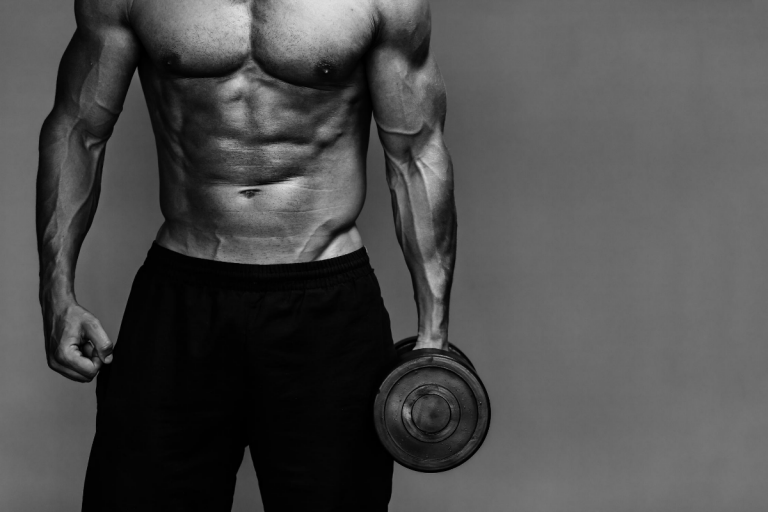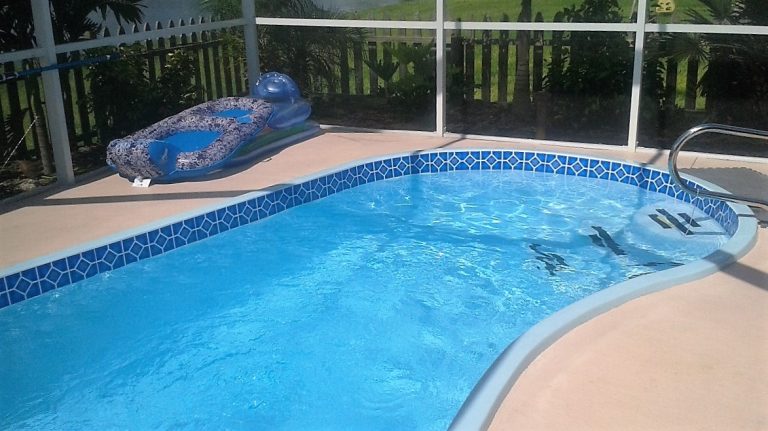Picture this: It’s the final hours before the women’s cycling sprint at the Paris Olympics. A technician from Team Canada crouches in a dimly lit equipment tent, frantically troubleshooting a malfunctioning electronic gear-shifting system. The athlete’s bike, a $20,000 marvel of carbon fiber and microprocessors, relies on a tiny power adapter to keep its sensors alive. One faulty connection, and years of training could unravel.
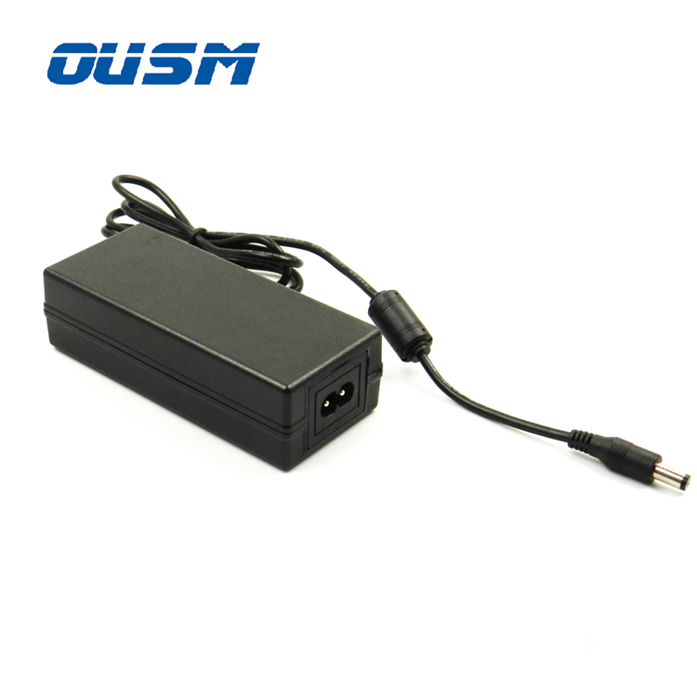
This scenario isn’t hypothetical—it’s a reality in elite sports, where margins of victory are measured in milliseconds. And while athletes and their cutting-edge gear dominate headlines, few realize the unsung hero behind the scenes: the power adapter.
Enter Oushangmei, a power adapter manufacturer and supplier whose AC/DC adapters have quietly become a staple in Olympic training centers and equipment labs worldwide. But why would world-class athletes and engineers turn to a factory in China for such a niche component? The answer lies in a blend of high-stakes innovation, ruthless testing, and a secret most teams won’t admit publicly: Even the most advanced tech is useless without reliable power.
The Hidden Demands of Sports Tech
Modern Olympic gear is a far cry from the leather helmets and stopwatches of the early 20th century. Today’s athletes rely on:
Biometric wearables: Real-time heart rate, muscle fatigue, and hydration sensors.
Smart equipment: AI-powered rowing oars, self-adjusting ski bindings, and electric torque wrenches for bikes.
Recovery tech: Cryotherapy chambers, pneumatic compression boots, and neurostimulation devices.
All these tools share one vulnerability: They need power. Not just any power, but stable, efficient, and ultra-reliable energy flows. A voltage spike could fry a $15,000 GPS running sensor. A poorly insulated adapter might fail in -20°C Alpine conditions. For teams investing millions in R&D, the power adapter isn’t an afterthought—it’s insurance against disaster.
This is where Oushangmei enters the arena. As a power adapter supplier to industries ranging from medical devices to aerospace, we’ve spent two decades refining adapters for mission-critical applications. But when Olympic engineers began discreetly testing our products in 2018, even we were surprised by the extremes they demanded.
Behind Closed Doors: How Oushangmei’s Adapters Face Olympic-Level Trials
To understand why teams trust Oushangmei, let’s step inside the secretive labs where sports tech is tested:
1. The Vibration Test: Simulating 100km on Cobblestones
Cycling teams like Belgium’s Tour de France squad don’t just need adapters that work—they need ones that survive brutal vibrations. Oushangmei’s engineers collaborated with a German bike manufacturer to create a custom AC/DC adapter that withstands 12 hours of simulated gravel-road vibrations (up to 20G forces). The result? A palm-sized unit now embedded in the handlebars of Team GB’s track bikes.
2. The “Freezer Burn” Challenge
At the 2022 Beijing Winter Olympics, Nordic combined athletes used heated boot inserts powered by USB-C adapters. But when prototypes failed at -30°C, a Norwegian coach reached out to Oushangmei. Our solution: Adapters with wide-temperature-range capacitors (-40°C to 85°C) and silicone casings that resist cracking. The gear performed flawlessly, and Oushangmei later adapted this tech for Arctic research stations.
3. The Sweatproof Secret
In Tokyo’s sweltering 2021 Olympics, rowers’ wearable monitors kept failing due to humidity. Teams discovered most adapters corroded after 48 hours of sweat exposure. Oushangmei’s R&D team responded with an IP67-rated waterproof ac adapter coated in nano-sealed resin. It wasn’t just adopted by athletes—F1 pit crews now use them for trackside diagnostics.
What Makes Oushangmei’s Adapters a Coach’s Best-Kept Secret?
While brands like Nike and Adidas splash logos on jerseys, Oushangmei’s role is intentionally low-key. Teams avoid publicity to prevent rivals from copying their tech edges. But through interviews with anonymous engineers and leaked testing documents, we’ve identified four pillars of our adapters’ success:
Military-Grade Durability: Borrowing from aerospace standards, our adapters undergo 1,000+ bend tests on cables and survive drops from 3 meters—critical for gear tossed into equipment trucks daily.
EMI Shielding: Poorly shielded adapters can interfere with wireless heart rate monitors. Oushangmei’s triple-layer shielding ensures clean power, even in sensor-dense environments like velodromes.
Compact but Mighty: Olympic gear prioritizes weight savings. Our 65W GaN (gallium nitride) adapters are 50% smaller than traditional models, yet deliver enough juice to charge a physio’s laser therapy device mid-event.
Global Voltage Agility: From a Rio de Janeiro training camp (127V) to a Swiss altitude facility (230V), our universal input range (100-240V) eliminates blown fuses during international tours.
Case Study: How a Sprinter’s Adapter Saved a Medal Dream
At the 2023 World Athletics Championships, a U.S. sprinter’s pre-race ritual included neurostimulation therapy to activate fast-twitch muscles. The night before her 100m semifinal, her therapist’s device—powered by a generic adapter—fried itself during a voltage surge. Panic ensued.
A team technician had a backup: an Oushangmei PD45W adapter from their drone camera kit. It not only powered the stimulator but did so at a steadier 20V than the original. The athlete won her semifinal by 0.02 seconds and later credited “whatever voodoo was in that little white box” for keeping her routine intact.
The Future: From Paris 2024 to Mars?
As sports tech races forward, Oushangmei is already tackling next-gen challenges:
Wireless Power Transfer: Prototype adapters that charge gear through 10cm of carbon fiber (no plugs needed).
Solar Integration: Miniature adapters for solar-powered GPS tags used in marathon runners’ bibs.
AI-Driven Predictive Maintenance: Adapters that alert crews when moisture intrusion risks failure.
But perhaps the ultimate endorsement comes from an unlikely source: NASA. During a 2023 partnership with a space tech firm, Oushangmei’s adapters were tested in zero-gravity conditions. While we can’t confirm rumors they’ll power moonbase treadmills, one thing’s clear—the same reliability demanded by Olympic athletes is now reaching for the stars.
Why Teams Stay Silent (and Why Oushangmei Doesn’t Mind)
You won’t see our logo on podiums or athlete endorsements—and that’s intentional. Teams guard their equipment secrets fiercely. But for Oushangmei, being the “secret sauce” has its perks. As one Dutch cycling engineer joked, “We’ll never name you… because we don’t want the Germans to find out.”
In an industry where victory hinges on invisible details, trust is the ultimate currency. And for Olympic crews, trust isn’t won through flashy marketing—it’s earned in labs, on mountainsides, and in moments where a single adapter makes the difference between heartbreak and glory.






